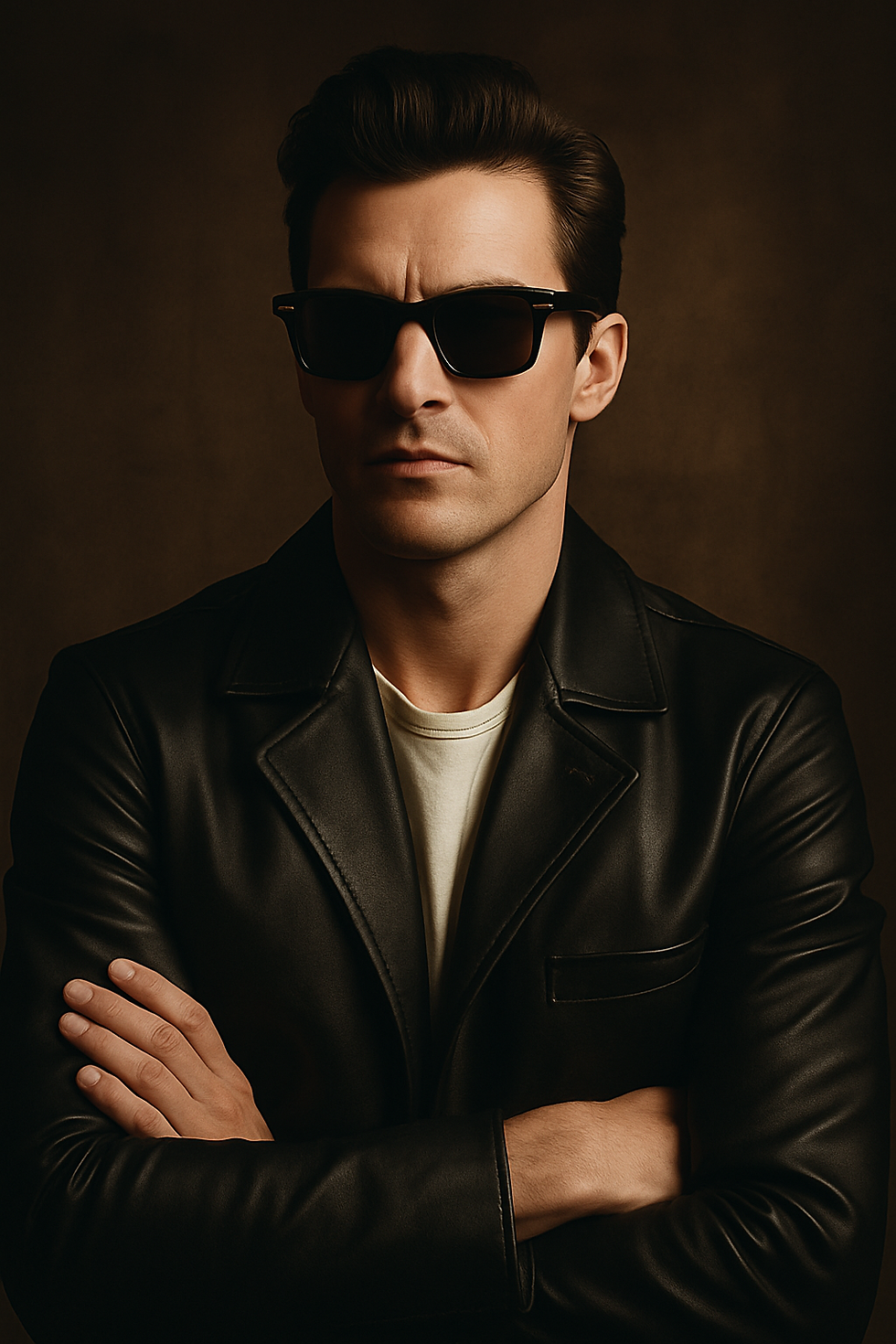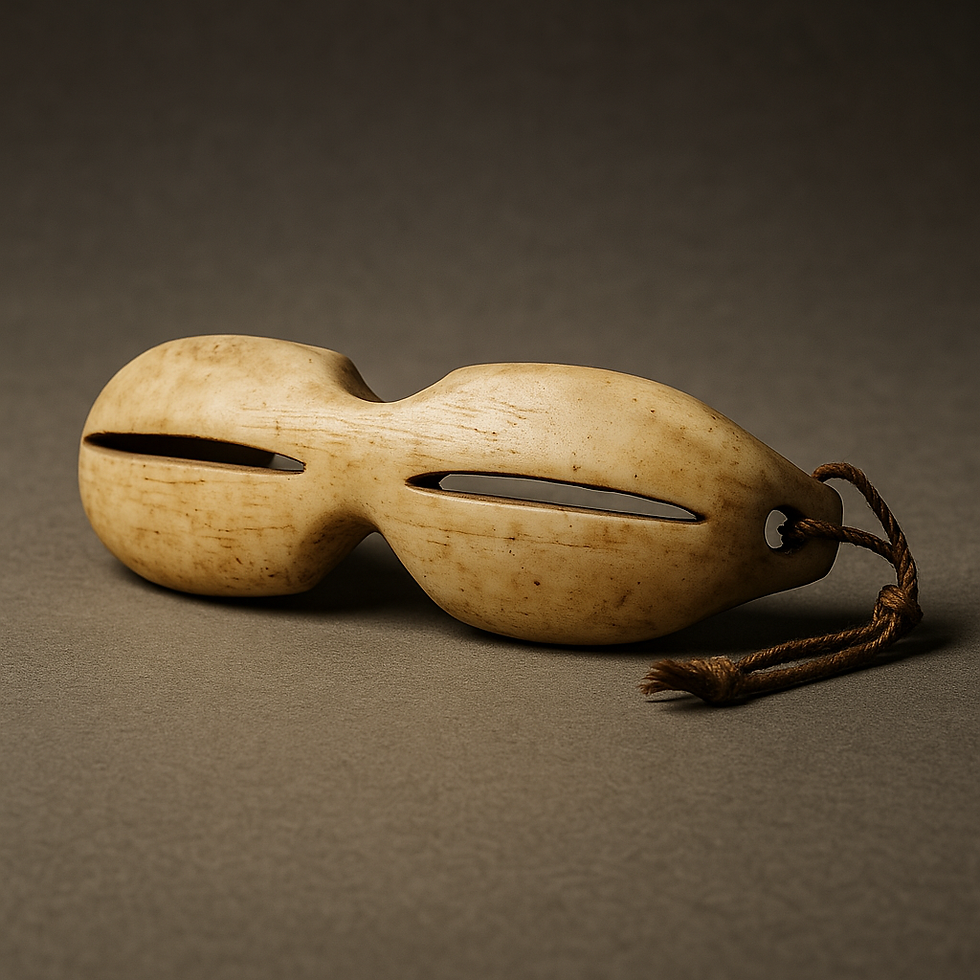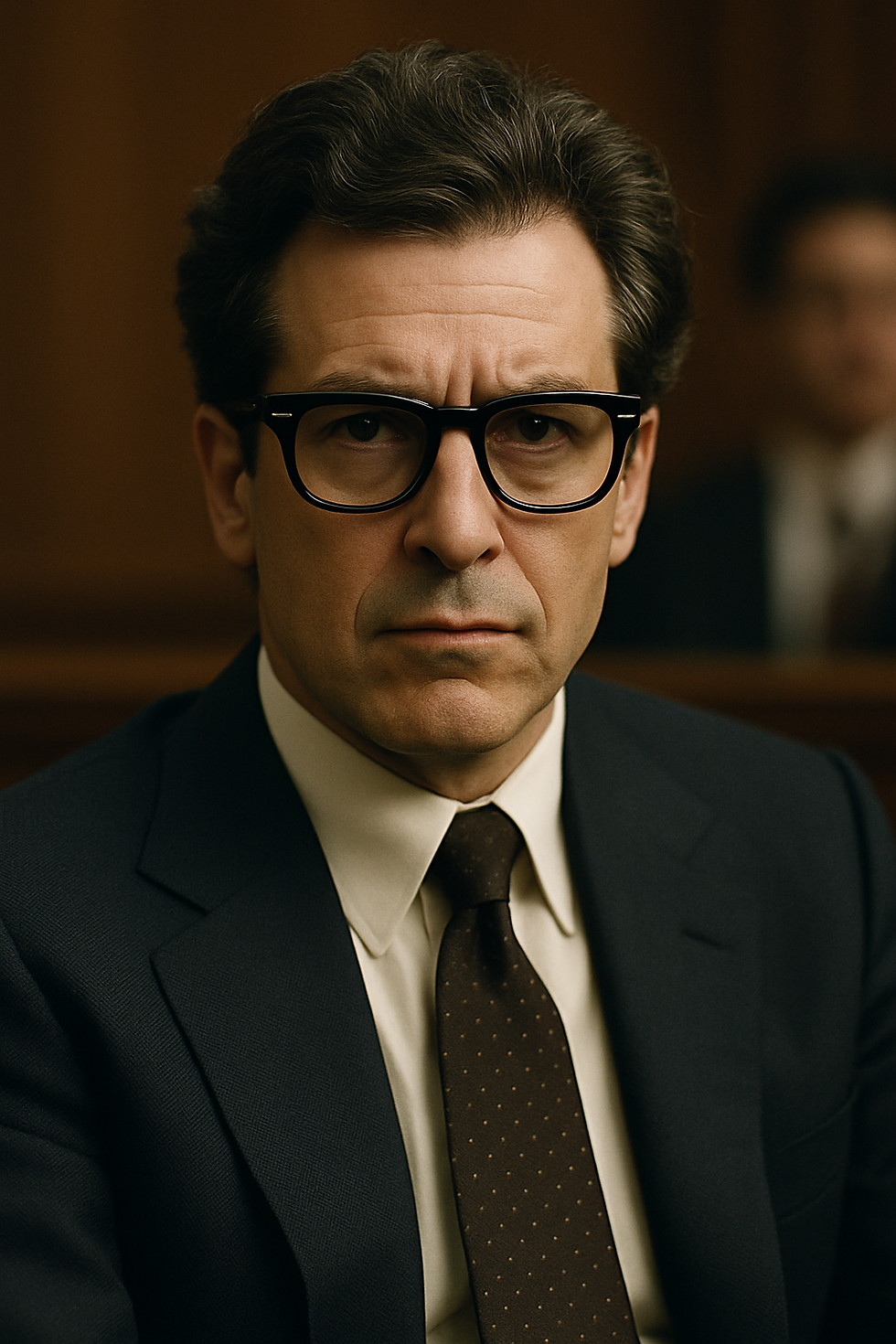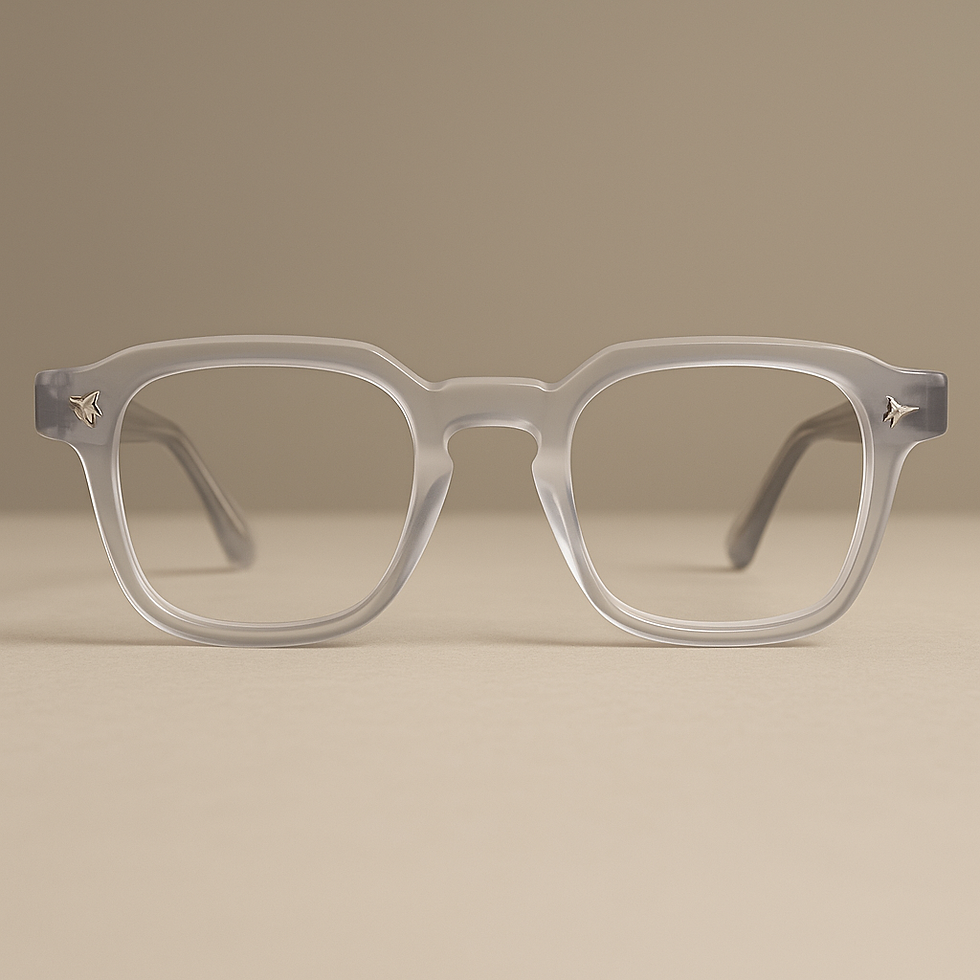
Design Through History
The stories you didn’t know. The details we never forgot.
Every Samraj-Brown frame carries a legacy — not just of craftsmanship, but of culture, innovation, and evolution. These eyewear facts are more than trivia — they’re the hidden chapters that shaped the silhouettes, materials, and philosophies behind the designs you see today. From ancient snow goggles to titanium revolutions, each detail has inspired the way we see, wear, and design eyewear. This is where timeless heritage meets modern vision.

1. Aviators: Designed for the Sky, Worn Across the World
The aviator frame was first developed in 1936 by Bausch & Lomb, now known as Ray-Ban, for U.S. military pilots. The goal was to protect pilots’ eyes from intense sunlight at high altitudes, hence the large, teardrop-shaped lenses that covered the full orbital area.
The thin metal frame was lightweight and fit easily under flight helmets. After World War II, returning soldiers continued wearing them in civilian life, and the aviator quickly became a symbol of masculinity, strength, and cool confidence.
In 1986, Top Gun reignited the trend — Ray-Ban’s aviator sales surged by 40%. Today, the aviator remains a cultural icon, blending functionality with fashion across every generation.

2. The Cat-Eye: A Frame Born of Fashion's Golden Age
The cat-eye frame emerged in the 1950s, aligning perfectly with Dior’s revolutionary “New Look” — a fashion moment defined by hourglass shapes, elegance, and femininity.
Cat-eyes were designed to enhance the wearer’s features, lifting the cheekbones and framing the eyes with soft, flared curves.
Women like Audrey Hepburn in Breakfast at Tiffany’s and Elizabeth Taylor wore them with effortless glamour.
The frame became a symbol of sophistication and assertiveness, often adorned with rhinestones or gold flourishes. At Samraj-Brown, the cat-eye influence lives on through modern, angular reinterpretations that honour its heritage while reimagining it for a unisex audience.

3. Round Frames: From Ancient Tools to Modern Icons
The earliest round frames can be traced to 13th-century Italy, when scholars used convex quartz lenses set into wooden or bone frames. Over time, the shape became associated with intellect, philosophy, and creativity.
Fast forward to the 20th century, artists, musicians, and cultural thinkers embraced the round frame. John Lennon, Gandhi, and Andy Warhol helped embed it into the visual identity of the modern intellectual.
Samraj-Brown honours this legacy with minimalist circular silhouettes updated in luxurious acetate, titanium, and modern tints.

4. Tortoiseshell: From Endangered to Ethical Elegance
Historically, tortoiseshell frames were made from the shells of hawksbill sea turtles, prized for their warm colouration and organic pattern.
By the mid-20th century, their use was banned due to ethical and environmental concerns.
Today, high-quality acetate has replaced real shell, and brands like Samraj-Brown now use richly layered, cruelty-free materials that mimic the beauty of tortoiseshell while celebrating sustainable craftsmanship.
Each pattern is unique, adding character to every frame while preserving the beauty of the oceans.

5. Oversized Frames: The Power of Scale and Presence
The 1970s ushered in oversized eyewear as a fashion statement. Worn by icons like Jackie Kennedy Onassis, Sophia Loren, and Diana Ross, large frames became associated with mystery, status, and individuality.
They offered more than glamour, oversized styles provided literal and figurative protection. From the paparazzi to harsh sun, they became a staple for those who embraced bold fashion on their own terms.
Samraj-Brown’s large-format frames take cues from this era, adding clean lines and modern materials to ensure balance and wearability.

6. Titanium: A Revolution in Frame Engineering
Titanium’s entry into eyewear changed everything. First used in Japanese optical manufacturing in the 1980s, this aerospace-grade material was prized for being stronger than steel but lighter than plastic.
Naturally hypoallergenic and corrosion-resistant, titanium allows for ultra-slim profiles without sacrificing durability.
At Samraj-Brown, titanium is used for both internal support and sleek temple designs, delivering frames that feel weightless yet unbreakable, with a modern, industrial elegance.

7. Wayfarers: The Frame That Defined Cool
Launched in 1956 by Ray-Ban, the Wayfarer was revolutionary.
It broke away from delicate wire frames and embraced bold acetate construction with a trapezoidal lens shape. It quickly became the go-to frame for rebels, artists, and style leaders.
Worn by James Dean, The Blues Brothers, and later by Madonna, the Wayfarer has transcended eras and trends, always coming back into fashion.
Samraj-Brown pays homage with square, structured frames reimagined in heritage finishes and unique colourways.

8. Pre-Lens Sunglasses: Inuit Ingenuity
The concept of sunglasses predates lenses by thousands of years.
The Inuit people of the Arctic used flattened bone, ivory, or wood with narrow slits to shield their eyes from snow glare. These “snow goggles” reduced eye strain and allowed better focus in harsh, blinding light.
Though primitive in construction, they represent a deep understanding of environmental adaptation, a principle that informs modern eyewear’s balance of form and function.

9. The Power Frame Phenomenon
In high-profile trials during the 1980s and ’90s, a curious fashion emerged: defendants, attorneys, and public figures began wearing thick-rimmed glasses, often with no prescription lenses, to appear more intelligent, composed, and trustworthy.
This led to the rise of the “power frame” glasses that make a statement of seriousness and command.
Today, bold acetate styles carry that same energy.
A Samraj-Brown power frame says: "I see everything. And I’m not to be underestimated."

10. Transparent Frames: A Quiet Classic Reimagined
Though often associated with modern minimalism, clear acetate frames gained popularity in the 1940s and 1950s, particularly among students and professionals who wanted functionality with a hint of futurism.
Today, they’re making a return as a sleek, gender-neutral choice that complements every skin tone and outfit.
Samraj-Brown offers translucent finishes in subtle shades like fog blue, crystal grey, and champagne clear — for the wearer who wants to be noticed by doing less.



